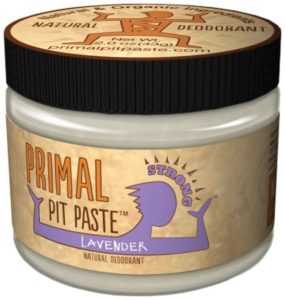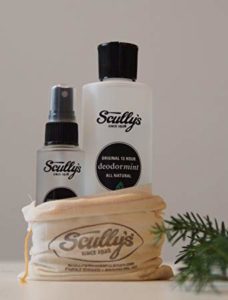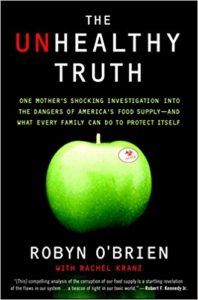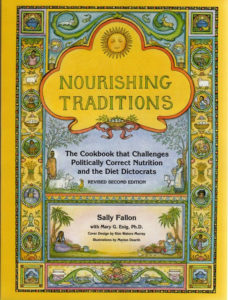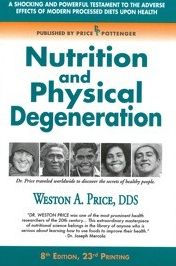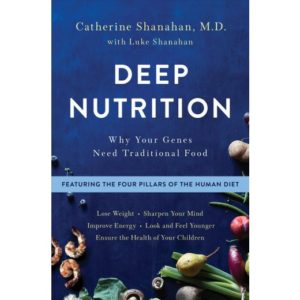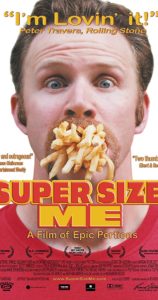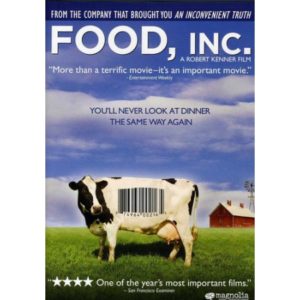Over the past couple of years, I noticed that the pastor at my church has had some health issues which made him him sometimes miss meetings, stay home sick from church on Sundays every once in awhile, and generally just not feel very well.
Thinking back, I remembered about two years ago he had a big infection and was hospitalized for several weeks. During that time, he was put on an aggressive course of antibiotics (as most sick people are, whether or not they have a bacterial infection).
 I don’t know the details of this original illness, but I do know that he’s been suffering from digestive issues ever since, which have increasingly tormented him and prevented sleep at night, interfering with his work and ministry at church.
I don’t know the details of this original illness, but I do know that he’s been suffering from digestive issues ever since, which have increasingly tormented him and prevented sleep at night, interfering with his work and ministry at church.
One day after hearing he was again missing meetings, I emailed him and told him my suspicion: the course of antibiotics resulting from his illness two years ago had wrecked his gut and had precipitated most (if not all all) of his current issues.
I recommended he try taking some high-quality probiotics.
I shared some articles and research, then gave some recommendations of how to choose a few good ones.
I told him to start slow (because there can be an adjustment period as “bad bacteria” die off and “good bacteria” begin to populate the gut–but nothing worse than the symptoms he was already experiencing).
Two weeks later my pastor approached me and said, “Leah, I’m a new man! I feel so much better! I’m sleeping better and I have energy and I don’t feel sick any more!”
Word began to spread at church, and now I have people approaching me with questions about health all the time. I’m happy to pass along any knowledge and resources I have, because the information is all out there!
What are Probiotics?

Probiotics are “beneficial” bacteria, and our gut health depends on them. In modern society, we’ve been conditioned to see all bacteria bad, foreign things that will make us sick, but this is simply not true. There are millions of beneficial bacteria that live with humans and animals in a symbiotic relationship: they benefit us, and we benefit them. When there is a balance in our gut microbiome, we experience gut health, which influences our overall health in big ways: from our hormones to our weight to our moods and even our mental health!
Why is Gut Health Important?
We don’t know the full scope of the symbiotic role that beneficial bacteria play, but we are beginning to understand how vital they are to our existence. The gut has even been named the “second brain” for the close relationship our gut health has with brain function and overall mental wellness.
- It is estimated that human bodies are made up of approximately 90% bacteria by volume. These microbes are everywhere: on our skin, in our sinuses, ears, mouths, in our guts… literally everywhere. These microbes do a good job of helping to regulate our bodies and keep them functioning properly, and in return, we feed them with the food that we eat or byproducts from our bodies, like skin cells and sweat. When we are proactive about our gut health, our bodies thank us in numerous ways.
 A huge variety of our bacteria live in our digestive systems, or our “guts,” and researchers are discovering that at least 70-80% of our immune system is in our gut. Our gut health has a huge influence on our overall health: both physical and mental.
A huge variety of our bacteria live in our digestive systems, or our “guts,” and researchers are discovering that at least 70-80% of our immune system is in our gut. Our gut health has a huge influence on our overall health: both physical and mental.- Bacteria do a lot of work in our bodies, including helping to regulate hormones that control fat stores, skin issues, auto-immune response, fertility, available energy, and overall well-being. Gut health is vital to all of these!
- Balance is key. We refer to bacteria as “good” and “bad” but really we just need a balance of the bacteria in our guts: that’s what gut health really is. The fact is, we all have “bad” bacteria such as E. Coli in our bodies, but if these bacteria don’t overrun our systems or multiply too quickly, they are not a threat. Even “good” bacteria can cause problems if there’s too much of it. Our bodies generally do a good job of regulating the population of bacteria, as long as we ensure we have a good variety of bacteria for our bodies to work with. As long as we have enough “good bacteria,” or probiotics, in our guts, they will fight off the “baddies” and keep our bodies balanced and healthy.
How Can I Get Them?
You may have noticed an array of probiotic supplements in your local health food store (and how expensive they are).
The good news is that you don’t have to buy a lot of expensive supplements to get a good balance of bacteria in your body. In fact, different fermented foods carry a large population of beneficial bacteria, and they are really easy to make, and to eat.
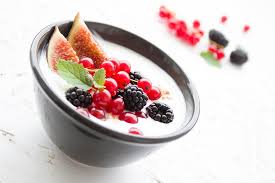 Yogurt is the most popular and widely-known source of probiotics, but not all yogurts are created equal.
Yogurt is the most popular and widely-known source of probiotics, but not all yogurts are created equal.
Many of the yogurts on the store shelves are full of sugar (which feeds bad bacteria) and a lot of them even have harmful additives like carageenan (which has been found to cause cancer) to keep them refrigerator shelf-stable for weeks at a time.
Store bought yogurts can be a source of probiotics, but you need to know what to look for, and they shouldn’t constitute your only source of probiotics.
- Look for “live and active cultures” on the container, and check the ingredients for which specific cultures are contained.
- Find out if the yogurt has been pasteurized. Most yogurt is made with pasteurized milk, but even after it’s been turned into yogurt is then pasteurized again. Pasteurization will kill the beneficial bacteria that were necessary to make the yogurt, so they won’t benefit you.
- Get organic. Yogurt is made from milk, and if the milk is not organic it will contain antibiotics and hormones that were given to the cows. These substances are detrimental and even toxic to our bodies, and can cause hormonal imbalances and antibiotic resistance in the long run.
- Get plain and unflavored yogurt. You may not like the taste of plain yogurt, but you can add fresh fruit and honey for flavoring, instead of consuming a lot of extra added sugars.
- Get whole milk yogurt. Studies have shown that low-fat dairy products do not contribute to weight loss and may actually cause weight gain. The full-fat options allow your body to more efficiently process the beneficial fat-soluble vitamins in the yogurt, and the fat will make you feel full longer, so you’ll eat less overall.
- Check the ingredients. In addition to checking for live and active cultures, make sure your yogurt doesn’t have any additives like carageenan, sugar, color, or anything else. Ideally, it should just be milk and a culture.
Did you know?
Yogurt is so easy to make. Yogurt makers are inexpensive and make it easier, but you don’t even need one to make yogurt. My favorite yogurt is clay-batch yogurt, which I make in VitaClay.
VitaClay has a built-in yogurt maker in most models.
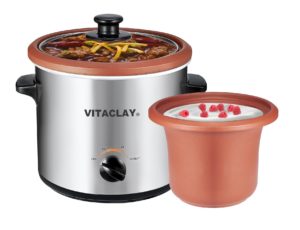
All you have to do is load in milk and a yogurt culture and press “yogurt” and a few hours later you’ll have the best yogurt you’ve ever tasted, and a starter batch to make more!
Kefir is a milk-based probiotic beverage that is also known as “drinkable yogurt.” Kefir often contains different bacteria than yogurt, and sometimes at greater quantities per serving. If you’re buying kefir from the store, apply the same checks as listed above for yogurt. Add kefir to smoothies or drink it plain–it tastes like buttermilk.
Incidentally, my father suffered from terrible seasonal allergies for over 60 years. My mother read about kefir and started making it at home, and he hasn’t had a problem with allergies since!
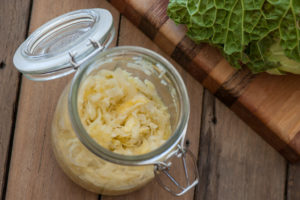
Other fermented foods, such as sauerkraut, kimchee, natto and miso contain other probiotics that are beneficial, and they are delicious additions to your diet. Sauerkraut is super easy to make, and two ounces of homemade sauerkraut contains exponentially more beneficial bacteria than a whole bottle of store-bought probiotics, for pennies on the dollar!
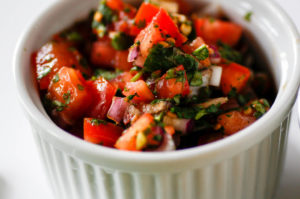
Additionally, lots of things can be fermented: I’ve fermented homemade salsa, which was super easy and so delicious! I’ve also seen recipes for fermented carrots, onions, cucumbers (pickles!), and even guacamole! The possibilities are endless! (Wild Fermentation link)
If you don’t want to make these fermented foods at home and would rather buy them, follow the rules listed under yogurt, and make sure they have live and active cultures (which is, after all, the whole point). Also watch for additives such as MSG and citric acid, in addition to those listed for yogurt.
Probiotic Supplements
Overall, I think that many probiotic supplements are a waste of money. As discussed above, the probiotics in just one serving of homemade sauerkraut can contain more good bacteria than an entire bottle of store-bought bacteria! This generally applies to lacto-based bacteria, however, which are the type contained in yogurt and most fermented foods. These bacteria are good, and you should definitely get them. If you absolutely don’t want to ferment anything at home, go ahead and buy them.
I’ve tried almost every gut health probiotic supplement out there, and the one that I have found to be most effective is Amare.
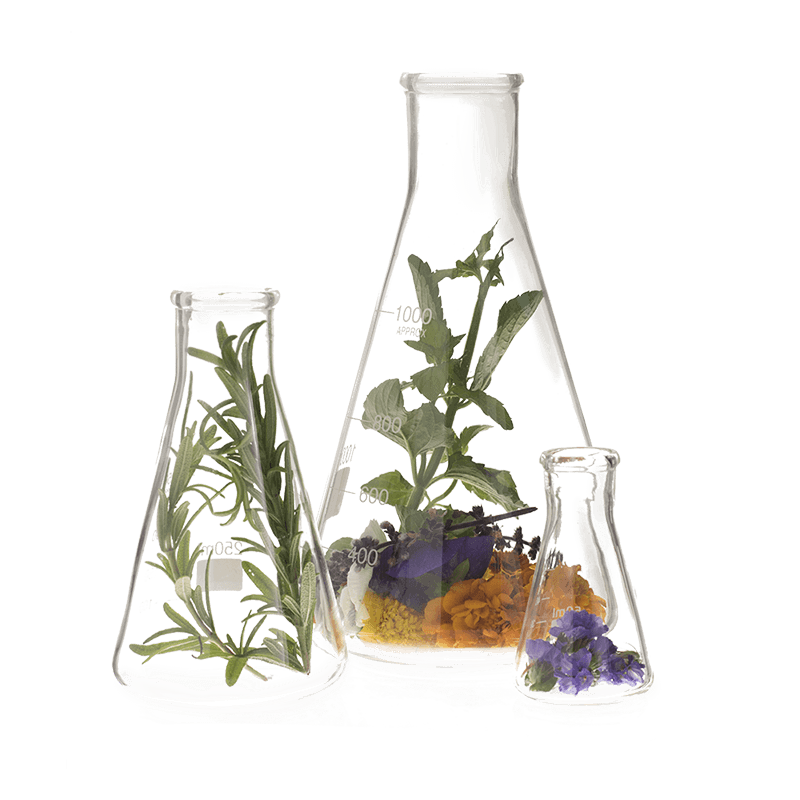 Amare specifically targets not only bodily health but also mental wellness through the gut. They even have one specifically for kids! It also helps to balance good and bad bacteria for all facets of health and to kill candida: the American parasite.
Amare specifically targets not only bodily health but also mental wellness through the gut. They even have one specifically for kids! It also helps to balance good and bad bacteria for all facets of health and to kill candida: the American parasite.
They even have a mental wellness quiz you can take to see where you stand and if these products could be a good fit for balancing your gut and improving your mental wellness. Because our bodies are interconnected. Healing one part will benefit all of the other parts as well.
AND! Check out this really great database that can help you determine which probiotic strains may help you the most based on your current symptoms and struggles!
Look for a bottle that lists the type of bacteria included and a guaranteed number of live bacteria per serving (usually listed in the billions CFU). The higher the number, the more bacteria it will contain (and very high numbers will require a slower breaking in period, which you can discuss with the worker at the health food store). These higher-quality probiotics will cost more, but this is a classic case of getting what you pay for, and what we want here is results.
Probioitics I buy
My one exception to the “store-bought probiotics are a waste of money” rule is in the category of soil-based probiotics. Here’s why: the lacto-based probiotics like those found in yogurt, sauerkraut and other ferments are so easy to make and so delicious to eat that there’s no reason to pay expensive store prices for a shelf-stable inferior product.
Soil-based probiotics, however, are different strains that have a different effect in our bodies: they go deeper into the gut and contribute differently to immunity. So we need both, but soil-based are found in soil, as the name implies.
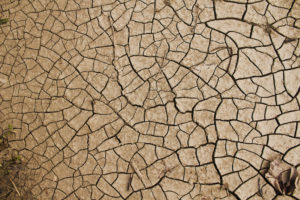 In antiquity, people got a good amount of soil in their diets from digging up veggies and eating them.
In antiquity, people got a good amount of soil in their diets from digging up veggies and eating them.
These days, I don’t trust the soil as far as I can throw it. It’s been compromised with pesticides, herbicides, pharmaceutical drugs, and all manner of other toxins from our waste water and runoff. Even if I were inclined to eat soil (I’m not), it would probably do much more harm than good.
So when it comes to soil-based probiotics, I will purchase them from a reputable company that can guarantee their purity, quality, and effectiveness–even if they are expensive. I’ve listed below a few soil-based probiotics on which I have done research. I trust them to deliver a safe, effective, quality product.
What About Prebioitics?
Prebiotics are the “food” for beneficial gut bacteria that already live in our guts. And since not all gut bacteria can be supplemented with probiotics, it’s a great idea to get some good prebiotics in your diet as well.
As a matter of fact, you probably already do get some prebiotics, as they are often soluble fiber found in fruit.
There are also symbiotic prebiotic-probiotic supplements that you may find beneficial, especially if you have recently taken antibiotics or had some digestive problems. A great probiotic will also include enzymes and prebiotic strains that assist the good bacteria in the propagation and colonization of your gut, so you actually get real, lasting benefit from them.
Read this article about how different strains may help different health issues.
Resources:
Humans: 10% Human and 90% Bacterial
Our Bodies, Our Health, Our Gut Bacteria (Cornell)
5 Quick Tips For Healthy Guts And A Healthier Immune System
The Gut: Where Bacteria and Immune System Meet (Johns Hopkins)
Gut microbes closely linked to proper immune function, other health issues
How to Repair Your Gut After Antibiotics
Why Antibiotics Today Could Threaten Your Life Tomorrow
Antibiotic overuse: Stop the killing of beneficial bacteria
Is Carrageenan Safe?
VitaClay– Make Whole Food, Nutritious dishes easily at home: save time, money and effort, while healing your family!
What is the Gut-Brain Axis?
Is the Gut Really Known as the 2nd Brain?
Gut Health For Children, and How it Can affect Children’s Brains and Cognitive Development
New to Freedom & Coffee? Start here.
Disclosure: Many of the product links in this post are affiliate links, which means I will receive a small commission from any purchase. I only recommend products that I love and this is at no extra cost to you. Thank you for supporting our mission with your clicks!


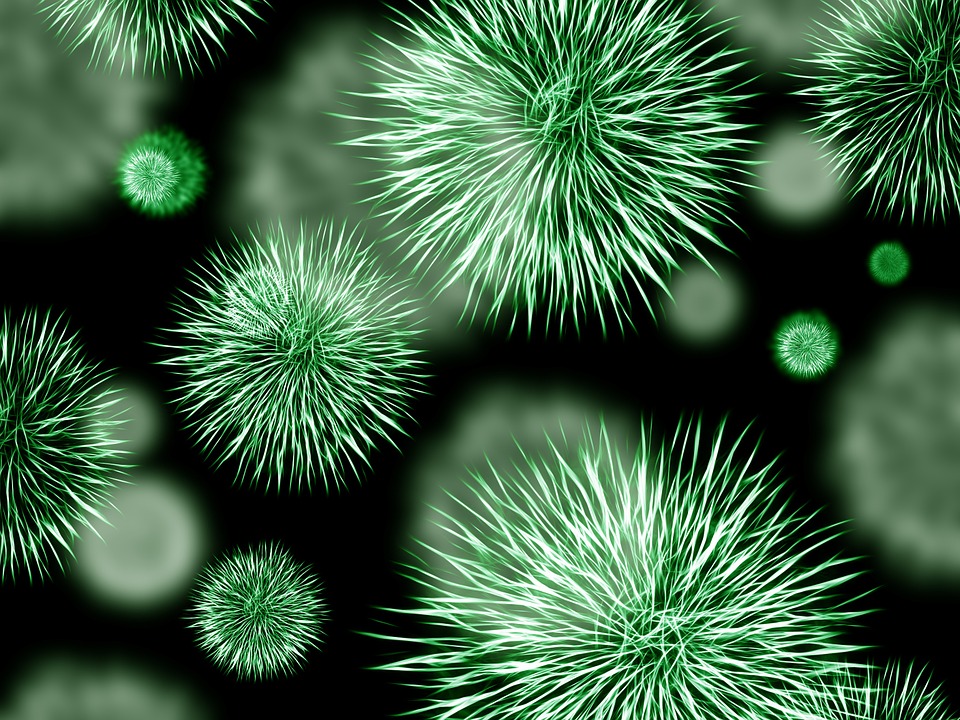
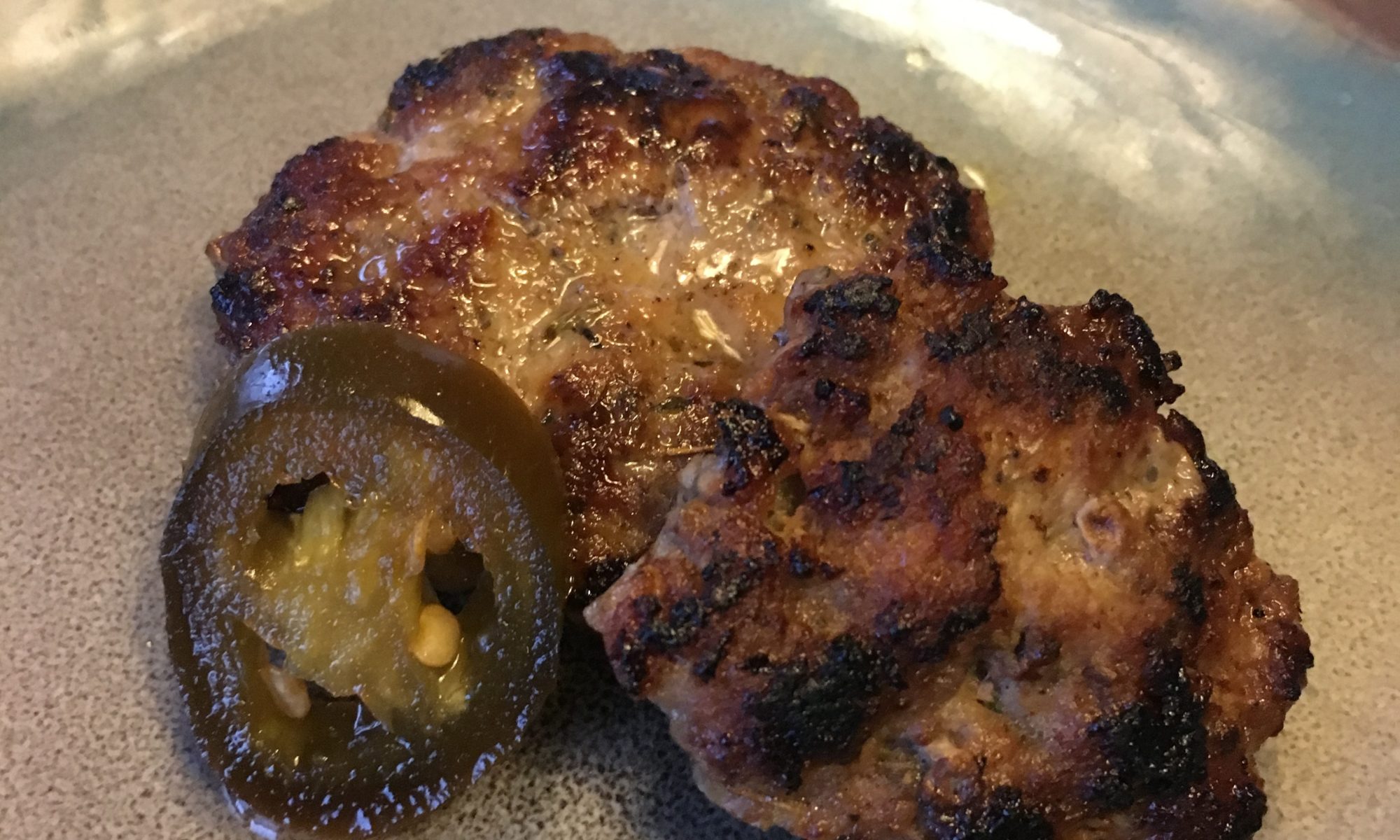

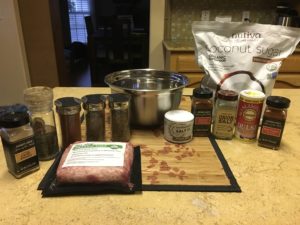
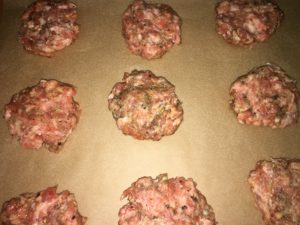
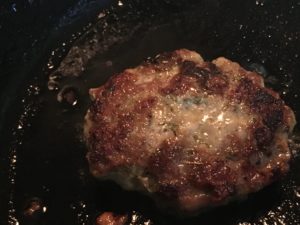



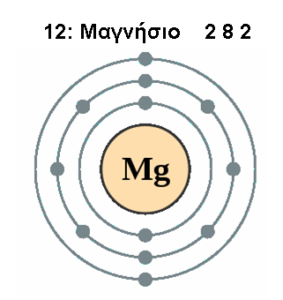
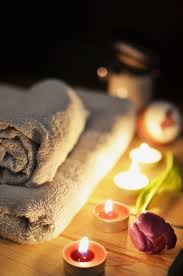
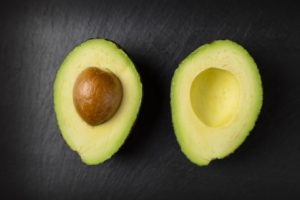

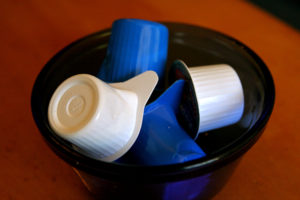 She told me she makes it at home and uses regular coffee from the store. She loves to put a flavored non-dairy creamer in it every day, because it “tastes so good!”
She told me she makes it at home and uses regular coffee from the store. She loves to put a flavored non-dairy creamer in it every day, because it “tastes so good!”
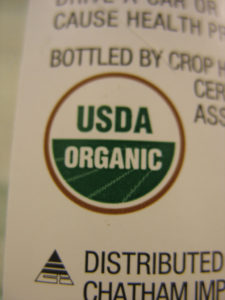
 Buy whole beans and a grinder.
Buy whole beans and a grinder.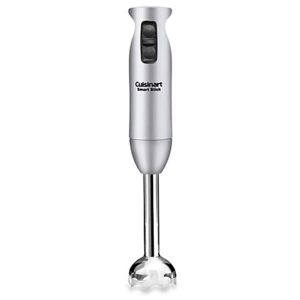
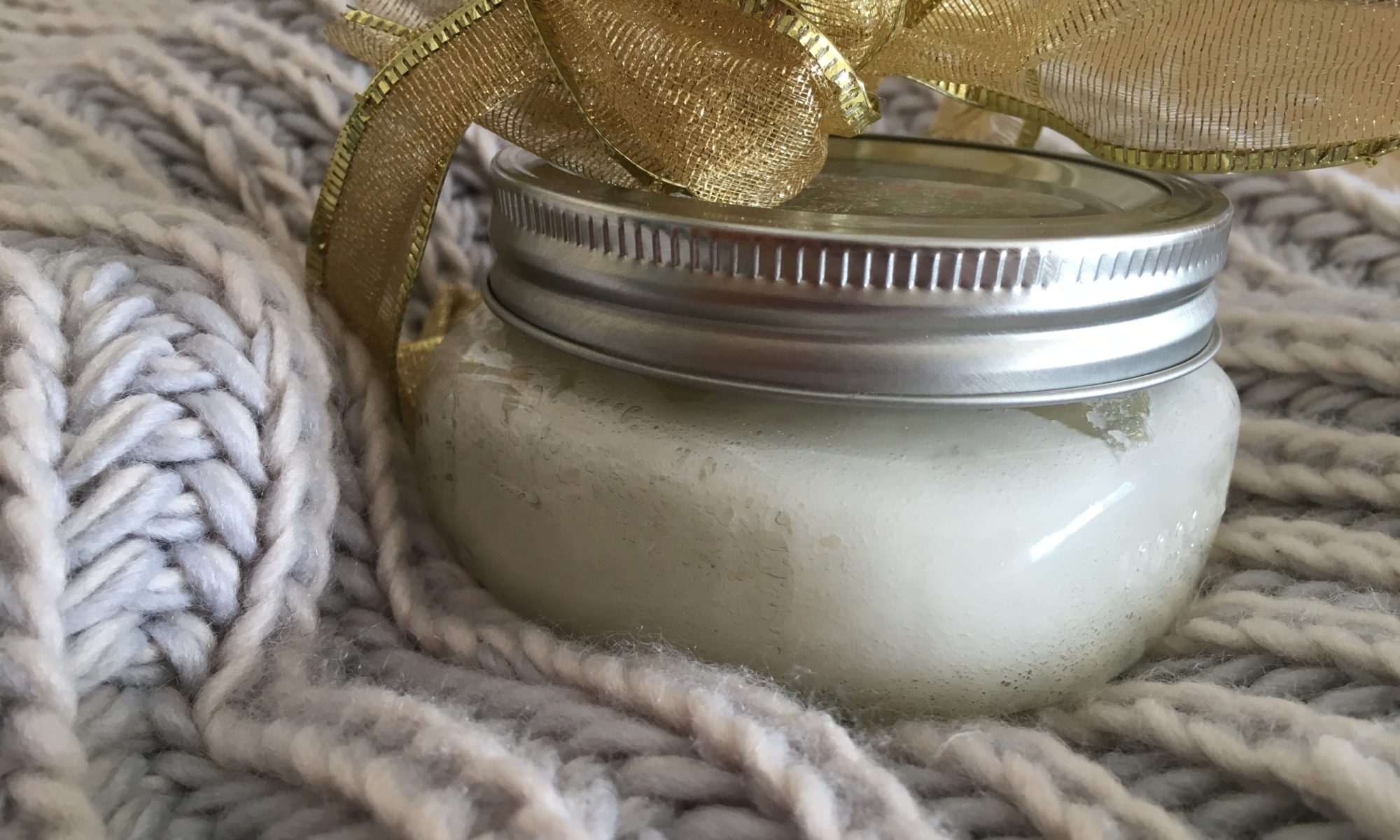


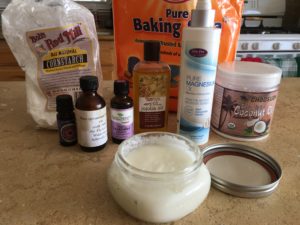
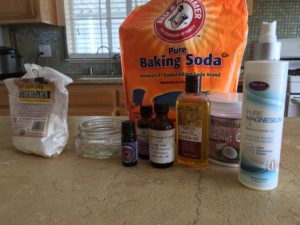
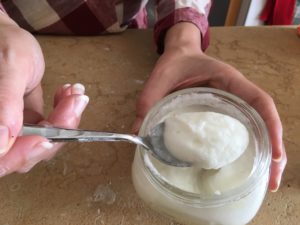 *The magnesium oil, jojoba oil and essential oils are not completely necessary: the essential oils are for scent, and the jojoba/Vitamin E are soothing. I like to add the magnesium oil because it’s a great way to absorb more magnesium and it gives the deodorant a fluffier texture that I really like.
*The magnesium oil, jojoba oil and essential oils are not completely necessary: the essential oils are for scent, and the jojoba/Vitamin E are soothing. I like to add the magnesium oil because it’s a great way to absorb more magnesium and it gives the deodorant a fluffier texture that I really like. 